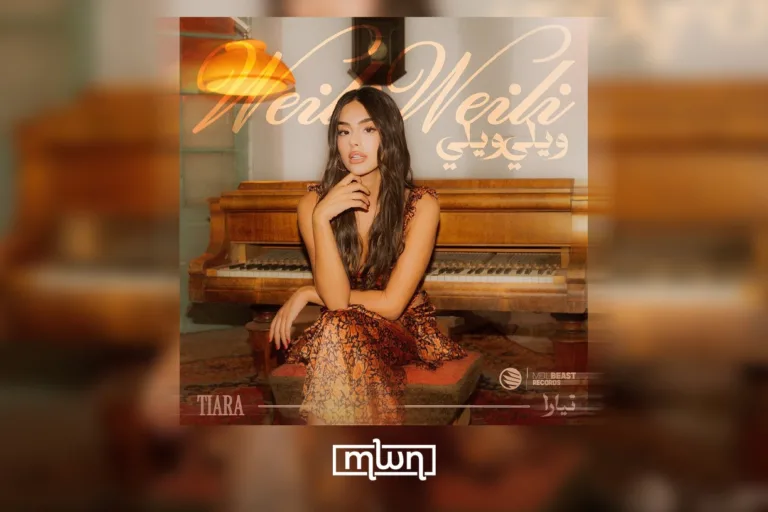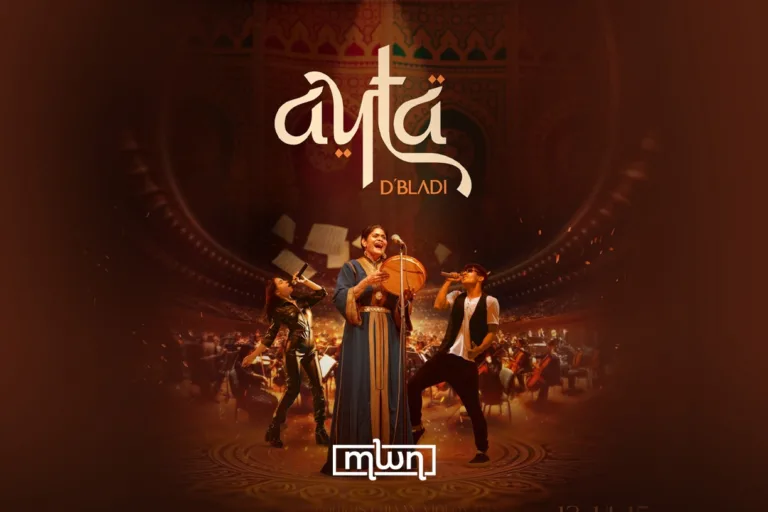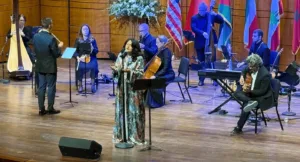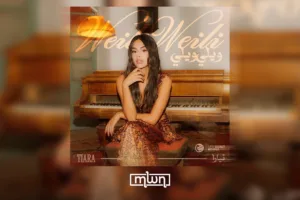Rabat– “Your clothes are the most political choice you make every day”—this quote by Indigenous artist and designer Sage Paul resonates today more than ever.
In what could be considered a crucial time in terms of identity politics and cultural identity in modern society, fashion is taking a more significant and distinguishable role in the social-political milieu.
Whether it be religious wear discussions in Europe, professional attire debates in Africa, or traditional apparel appropriation politics in America, fashion has seamlessly permeated the day to day discourse on identity.
Cultural identity in the work space
To talk about Gen-z in the year 2025 is to talk about corporate and professional life. As of 2025, the majority of Gen-z has some sort of corporate or trade profession that falls into the 9-5, Monday to Friday work schedule.
And, who says corporate, says conformity, uniformity, and restraints around personal style and expression.
The reason behind these policies is often advanced as neutrality and professionalism: a claim that a standardized and muted dress code helps maintain a non-distracting and productive environment.
When the standard of normalcy becomes attached to only one culture’s attire, (western fashion), those foreign to it have to constantly face an image of themselves that is far removed from their culture in the mirror.
The constant erasure and smothering then gradually breeds a sense of anxiety around cultural identity and belonging which only gets exacerbated with the rising anti-foreigner and anti-immigration sentiment worldwide.
Gen-z then has to face the reality that not only does a standardized dress code only create a false sense of uniformity as it cannot elude their foreign identity, but it also does not buy them social integration. The cultural erasure thus becomes hard to justify and rationalize.
As a response to this phenomenon, a growing number of Gen-z are re-introducing cultural wear into their day-to-day wardrobe to stay connected with their roots and affirm their identity no matter where they are, especially when they live in a foreign country.
This can vary from just including small pieces of cultural wear: head scarfs, jewelry, bodily tattoos, to fully wearing traditional clothing.
A perfect example of this is the trend of including pieces of Mexican and indigenous culture into daily wear that is popular on tiktok.
While this is not just a “trend” but a cultural push that took off on online platforms like TikTok since last year, it has been popularized this year following the latest US regulations on immigration.
All over Tiktok, young women can be seen sharing snippets of themselves getting ready for work and including traditional Oaxaca’s Indigenous head wrappings into their braids as a way to show solidarity with their community.
By choosing specific colors and fabrics, they are able to subtly communicate where they are from and their pride in those origins to whoever sees them.
Redefining identity through fashion
Outside of formal settings, Gen-z is also using fashion as a way to redefine what identity is. For many who are either born of immigrant parents, or immigrant themselves, their cultural identity is not just made of their ancestral roots, but also of their present cultural connections.
Thus, identity reaffirmation for them looks like blending their “new” culture with the “old” and having complete agency over what this new cultural identity looks like.
A perfect example of this “redefinition” is the way muslim women from different cultures are merging cultural, religious and standard wear to create unique and outstanding outfits.
They can be seen combining religious pieces like hijabs with western-standard designs made of traditional ankara fabric for their day-to-day fashion.
And other times they combine colorful and heavy stunning boubous: a type of dress of West African origin with traditional head wraps like geles, foulards or turbans for stunning and head turning looks.
The versatility of pieces of clothing like boubous has made them a staple for young African women all over social media.
Black muslim women get to wear and style them in different ways thanks to its modest and all coverage design, and it allows them to highlight and reclaim both their cultural, national and religious identity at the same time.
In conclusion, fashion is a universal language. Gen-Z is using it as a cultural signifier that one can take with them wherever they go and that can speak for them no matter their language.
It is a means of communication that knows no linguistic or cultural barrier; all can see it and understand it. Although the meaning behind different types of fashions might be interpreted differently by different people, it is one of the most universal means of communication that Gen-Z disposes of.
















